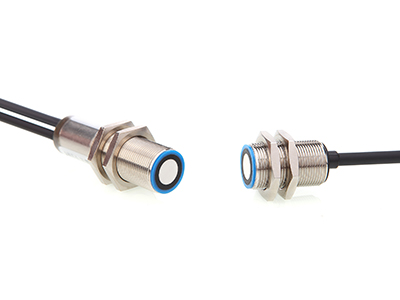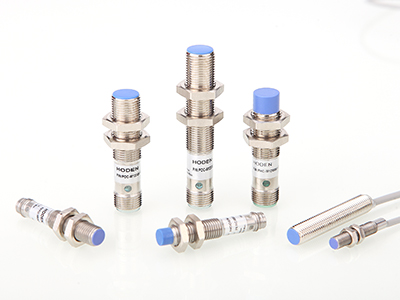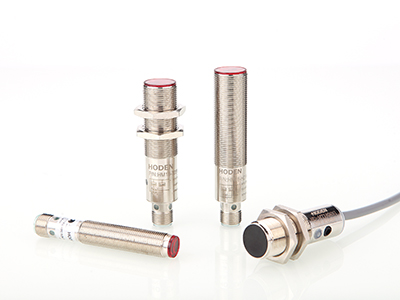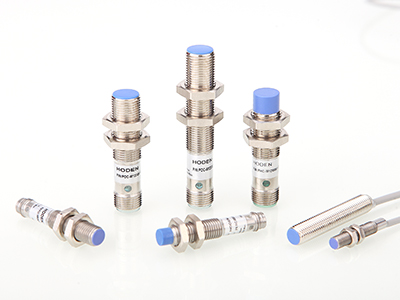01
2025/07
What is the difference between a proximity switch and a photoelectric sensor?
The magnetic core inside the proximity switch passes through the metal to change the internal oscillation circuit and output a signal. Suitable for detecting metal objects with relatively close distances.
來源:霍盾資訊
01
2025/07
What are the advantages of capacitive sensors?
The capacitance value of the capacitive sensor is generally independent of the electrode material, which is advantageous for selecting a material with a low temperature coefficient, and the heat generation is
來源:霍盾資訊
01
2025/07
Briefly describe the structure of the proximity sensor switch
The switch that is close to life can reach more than one million times. The reason for this long life is that the function of the switch is the elasticity from the vertical direction of the elastic film. Although there
來源:霍盾資訊
01
2025/07
What are the main applications of proximity sensors?
A proximity sensor is a device that is capable of detecting the distance between two objects and controlling or driving an actuator according to preset limits. Therefore, it has a wide range of uses in many fields.
來源:霍盾資訊
01
2025/07
Introduction to the types and uses of photoelectric sensors
Mounting a light emitter and a receiver face to face on either side of a slot is a trough optoelectronic. The illuminator emits infrared or visible light, and the light receiver receives light in an unobstructed condition.
來源:霍盾資訊
01
2025/07
What are the tips for purchasing a proximity sensor?
For different material samples and different detection distances, different types of proximity sensors should be used to make them have a high performance-price ratio in the system. The following
來源:霍盾資訊








